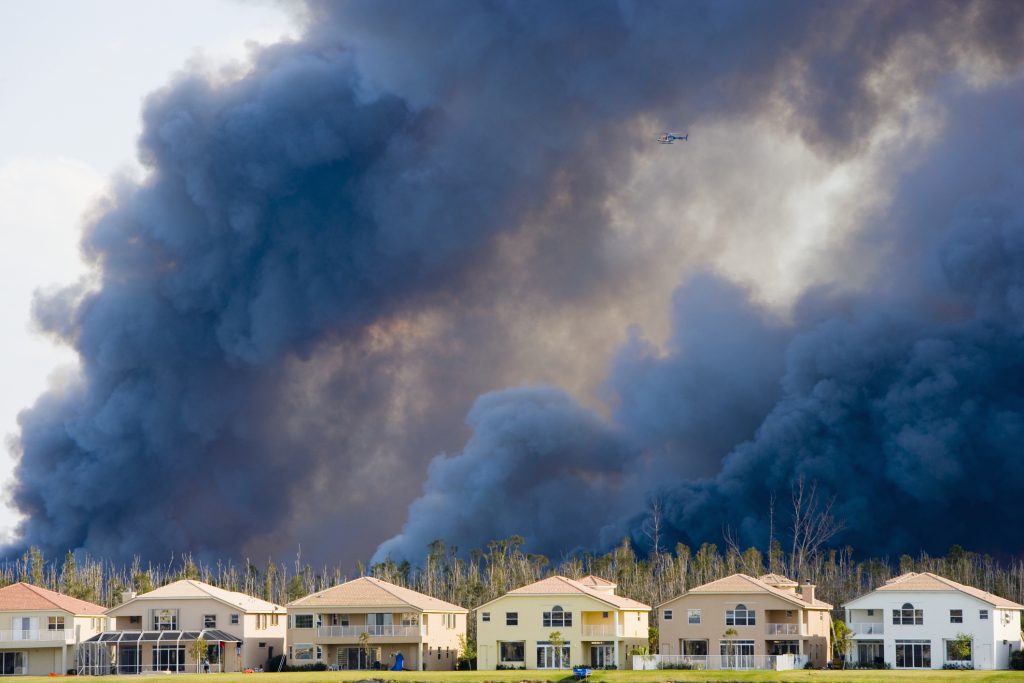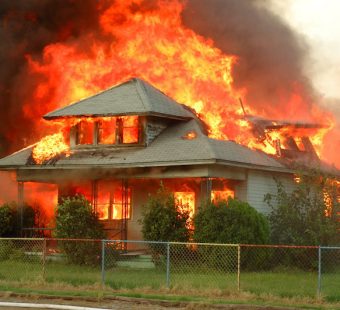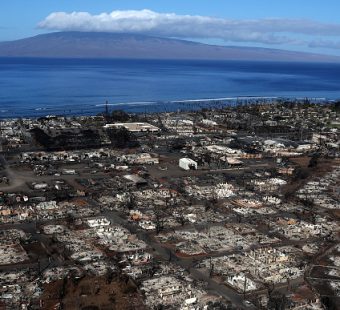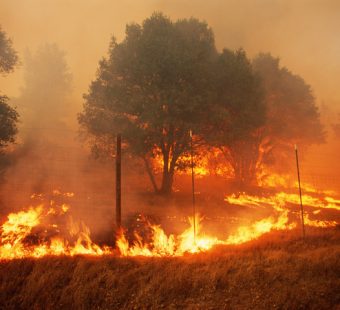
Wildfire: Not Just a Western U.S. Problem
By Max Dorfman, Research Writer, Triple-I (04/12/2022)
Although wildfires in California and Colorado tend to garner the most headlines, many other areas in the United States are seeing large upticks in blazes as well.
States like Minnesota now unexpectedly face extreme wildfire risk. Indeed, according to the National Interagency Fire Center’s top 10 States for wildfires ranked by number of fires and by number of acres burned for 2021, Minnesota comes in at eighth, with 2,065 fires for that year. And, according to Verisk Wildfire Risk Analytics data from FireLine®, Verisk’s wildfire risk-management tool, the state with the highest percentage of properties at risk currently is Montana, coming in at 29 percent.
Recently, the Chipola Complex in Florida’s panhandle burned over 34,000 acres, with three simultaneous blazes. These fires are being fueled by downed dead trees and other vegetation – a result of Hurricane Michael – the devastating storm that landed in 2018.
These once-aberrant fires are now becoming more common and, as seen with the Chipola Complex, are being fed by a confluence of climate issues – not merely drought. To better understand these concerning developments, we sat down with Triple-I non-resident scholar Dr. Craig B. Clements, Professor of Meteorology at San José State University and Director of the NSF I/UCRC Wildfire Interdisciplinary Research Center.
Is the increase in wildfires outside the western U.S. a new trend, or simply something now being reported on more thoroughly?
These regions have always had fire risk and are also fire-prone environments, so it’s not totally shocking to see an increase in wildfires in, say, Minnesota and Florida. A new study just published (Iglesias et al. 2022) has found that wildfire events in the U.S. have tripled in frequency and increased up to four times the size and are more widespread than 20 years ago. Additionally, larger wildfires are becoming more common, not only in the west, but also in the Great Plains.
Which areas are you seeing that have emerged as high-risk for wildfires?
I think many areas can be high-risk, and it depends on the environmental conditions. What is interesting is that, according to the Iglesias et al. study, the annual number of fires between 2005-2018 has doubled in the west and east and quadrupled in the Great Plains when compared to the period between 1984-1999. Even more interesting is that, while median area burned in the west has quadrupled, in the Great Plains, area burned grew by 620 percent for the same period. What is of concern is that there is an observed increased in the magnitude and frequency of “extreme” fires or largest fires in the west and Great Plains.
Why are we seeing so many wildfires in unexpected places?
I think these “unexpected” places are mostly surprising because, generally, we think of wildfire as a western U.S. problem. But in reality, we’ve had wildfires in the eastern U.S., the south, and the grasslands of the plains. What studies have shown is that because of increased atmospheric drying and resulting aridification over the last few decades, the extent of fire-prone areas in the west has doubled.
How are climate risks other than drought fueling wildfires?
Climate is impacting the fire environment mostly by affecting the fuels. Mainly, we see a drier atmosphere affecting plant fuel moisture, higher temperatures that also lead to drying of live and dead fuels at a range of temporal scales. This has led to an increase in fire prone regions throughout the US.
Has Florida typically experienced above-average wildfires after hurricanes?
While Florida is a leader in implementing prescribed fire in its forests, when there is blowdown caused by a hurricane, prescribed fires in those regions are difficult to conduct. Downed trees provide a lot of fuel, so in during the Chipola Complex, the fires were more challenging to battle because of all the heavy fuels caused by Hurricane Michael years before.
What next steps need to be taken to further lessen the danger of wildfires in places like Minnesota and Florida?
It’s important that fuel mitigation programs be implemented at grander scales. This goes for all areas in the U.S. that are becoming more fire prone. Increasing the use and extent of prescribed fire to manage ecosystems will be one of the biggest advantages to address increased fire risk.



